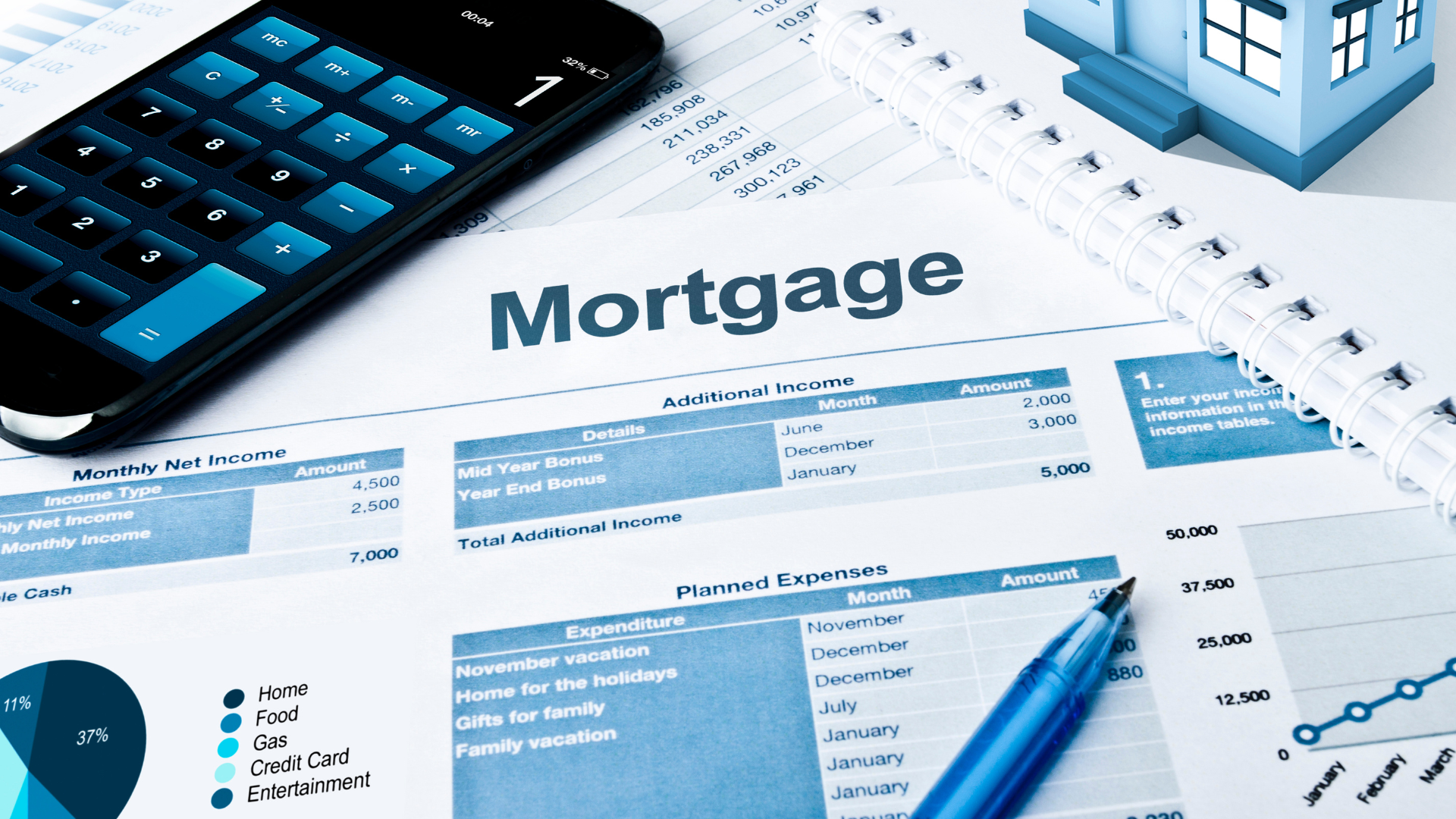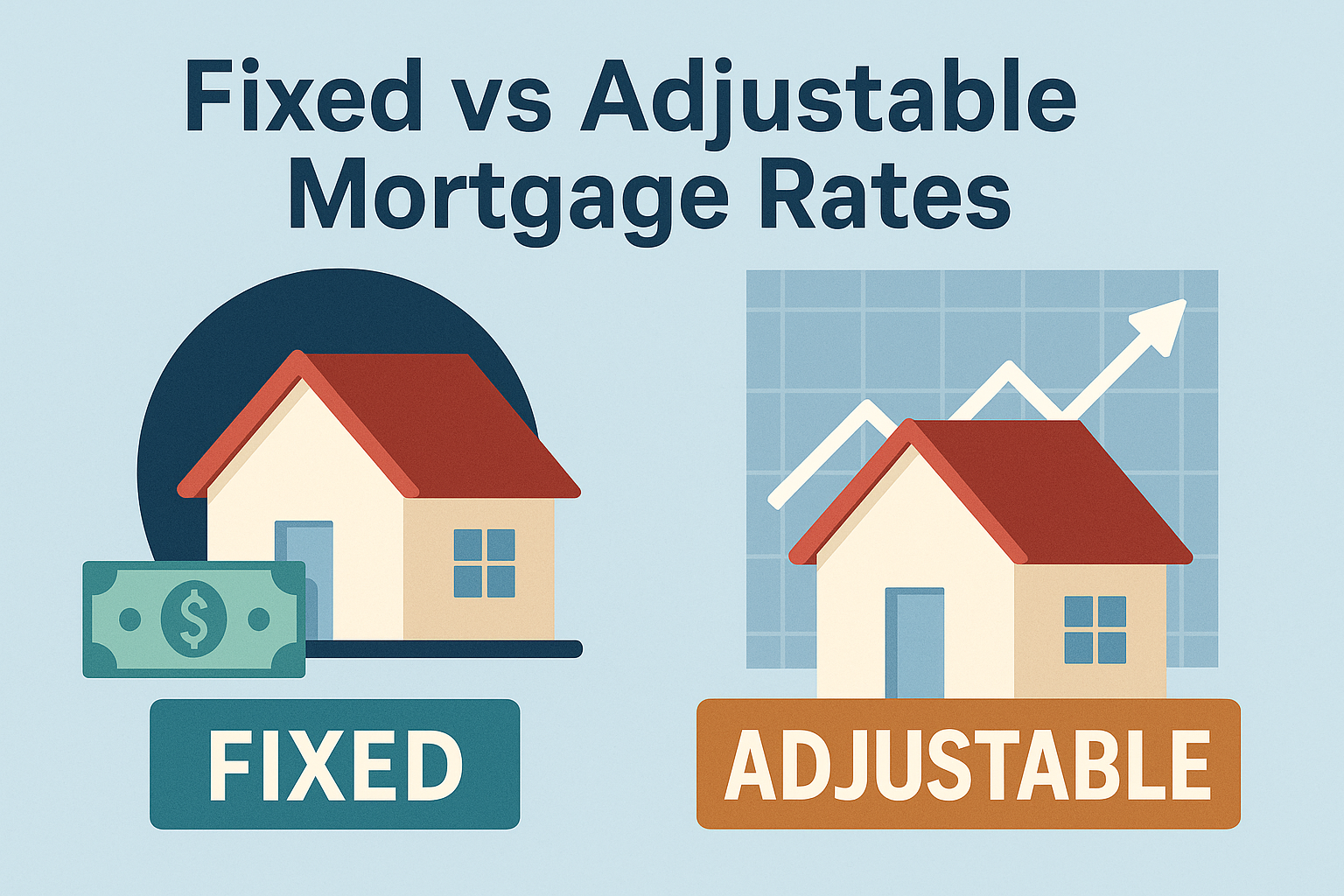Buying a home is an exciting yet daunting task, particularly for first-time buyers. The mortgage process can seem complicated, but with the right information and preparation, you can navigate it with confidence. Here’s a step-by-step guide to help you understand and successfully secure a mortgage:

1. Assess Your Financial Readiness
Before diving into the mortgage process, evaluate your financial situation. This includes checking your credit score, calculating your debt-to-income ratio, and determining how much you can afford for a down payment and monthly mortgage payments.
2. Understand Different Types of Mortgages
Familiarize yourself with the various types of mortgages available, such as fixed-rate, adjustable-rate, FHA, VA, and USDA loans. Each type has its own advantages and requirements, so choose one that best fits your financial situation and long-term goals.
3. Get Pre-Approved
Obtain a pre-approval letter from a lender. This involves submitting financial documents like pay stubs, tax returns, and bank statements. Pre-approval shows sellers that you are a serious buyer and helps you understand your budget.
4. Shop Around for Lenders
Don’t settle for the first lender you find. Compare interest rates, fees, and terms from multiple lenders to ensure you get the best deal. Consider working with a mortgage broker who can help you find competitive offers.
5. Calculate Your Budget
Use a mortgage calculator to estimate your monthly payments, including principal, interest, taxes, and insurance. Ensure that your budget accounts for additional costs like home maintenance and utilities.
6. Find the Right Home
Work with a real estate agent to find properties within your budget. Consider factors like location, size, and condition of the home. Once you find a suitable property, make an offer.
7. Submit Your Mortgage Application
After your offer is accepted, submit a formal mortgage application to your chosen lender. Provide all required documents promptly to avoid delays in the approval process.
8. Get a Home Appraisal and Inspection
The lender will order a home appraisal to determine the property’s value. Additionally, conduct a home inspection to identify any issues that need to be addressed before closing.
9. Review the Loan Estimate
Carefully review the loan estimate provided by the lender. This document outlines the terms of your mortgage, including interest rate, closing costs, and monthly payments.
10. Attend the Closing
Once your mortgage is approved, schedule the closing. At this meeting, you will sign the necessary paperwork, pay closing costs, and receive the keys to your new home.
11. Stay Informed Throughout the Process
Keep in regular contact with your lender and real estate agent. Ask questions if you’re unsure about any part of the process, and make sure you understand all the terms and conditions of your mortgage.
By following these steps, you can navigate the mortgage process with confidence and secure the best loan for your needs. Buying a home is a significant investment, and understanding the mortgage process will help you make informed decisions and enjoy a smooth transition into homeownership.





